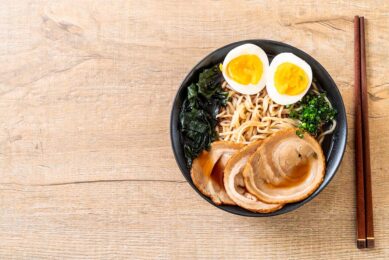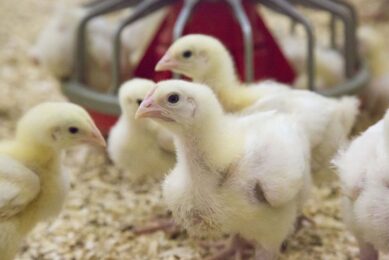More fibre in layer diets reduces ammonia emissions
The inclusion of extra fibre in layer hen diets has been shown to reduce ammonia emissions from the hens’ manure by up to 50%, without affecting egg production.
Reducing ammonia emission from large-scale laying-hen operations is becoming an important issue facing the poultry industry. In an experiment conducted by the Iowa State University (ISU), soy hulls, wheat middlings, or corn distillers dried grains with solubles were added to laying-hen diets to determine the effect of dietary fibre on manure ammonia emission.
The objective of the ISU’s trial was to determine if addition of fermentable fibre to laying-hen diets would reduce ammonia emission, similar to the effects shown in pigs, by shifting nitrogen excretion from uric acid to more stable bacterial protein and by reducing manure pH.
Addition of the three fibre sources to the diets of laying hens caused a decrease in total ammonia emission and emission rate from the manure by up to 50%. This decrease was realised partly through a reduction in the amount of manure uric acid and partly through a lowered manure pH. Egg production and egg mass were not affected by the dietary fibre additions, although feed consumption increased slightly (by 2%). Further research is warranted to determine the best inclusion rate of the three fibre sources that minimises ammonia emission without affecting feed intake.
The development of a sustainable, profitable, and competitive egg-production system is becoming a challenging issue facing the laying-hen industry. The excretion and volatilisation of nitrogen is responsible for a significant proportion of the environmental issues that have arisen from intensive poultry production. As government agencies propose regulations on ammonia emission from livestock facilities, egg producers will need methods of reducing emissions while maintaining egg production.
Join 31,000+ subscribers
Subscribe to our newsletter to stay updated about all the need-to-know content in the poultry sector, three times a week. Beheer
Beheer








 WP Admin
WP Admin  Bewerk bericht
Bewerk bericht